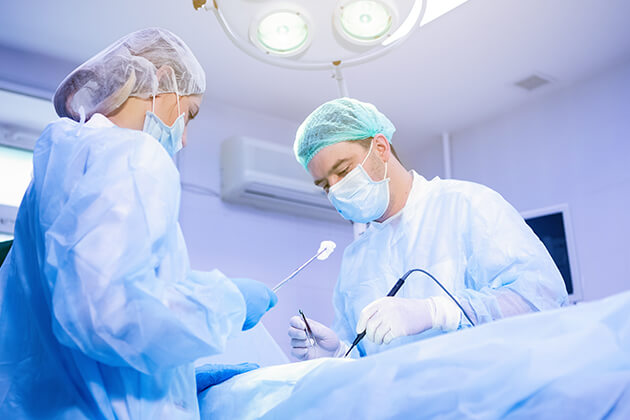


Angioplasty is a coronary procedure used to treat blocked or narrowed arteries that supply the heart with blood. It is commonly performed to address coronary artery disease (CAD), which occurs when the coronary arteries become narrowed or blocked due to plaque buildup.
B & J Hospital in Mumbai offers angioplasty procedures to meet individual needs. Here's a summary of each technique:
If you are looking for angioplasty in Navi Mumbai, simply reach out to us by giving a call or booking an appointment, and we will be readily available to assist you!

A cardiologist performs angioplasty in Mumbai at B&J Hospital. Here is a summary of the key points:

Preparing for angioplasty surgery involves following certain guidelines to ensure a safe and successful procedure. Here are some key points to consider:
NPO (Nothing by Mouth): Follow your healthcare provider's instructions regarding fasting before the procedure. You will be advised to stop eating or drinking anything for about six to eight hours before the scheduled surgery time. This helps prevent complications during the procedure, such as aspiration.
Following certain guidelines and taking necessary precautions is important for a smooth recovery. Here is what you can generally expect after angioplasty: